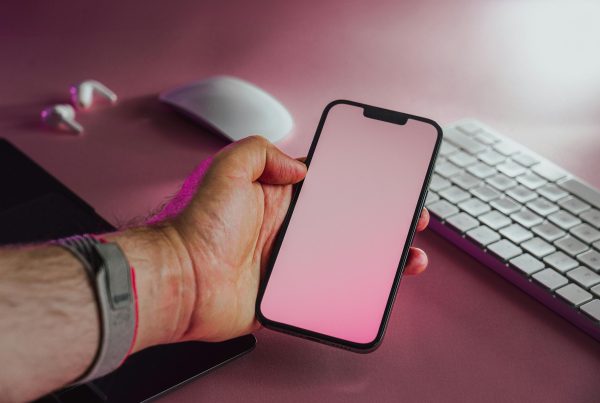WhatsApp verification code scams involve the manipulation of the social app’s verification code system, and usually leads to unsuspecting users losing control of their accounts.
As the world observes Cybersecurity Awareness Month in October, here’s what you need to know about this growing trend and some ways you can stay protected.
How does the scam work?
It starts with a scammer entering a WhatsApp user’s number into the app’s login screen, which results in a verification code being sent to the user as part of the app’s security process.
The scammer will then contact the victim pretending to be a friend or family member, asking them to share the verification code. The ‘contact’ usually creates a sense of urgency and has a story to try to persuade the victim to give them the verification code they’ve just received.
The victim, who then believes they are helping a friend or family member, shares the verification code, which gives the scammer full access to the victim’s WhatsApp account.
However, once the scammer has full access, they can then lock the victim out of their account and use it to further spread the scam or exploit the victim’s contacts, using the same technique.
This scam can result in security breaches, as well as financial or personal losses for users, as scammers may ask for money or other sensitive personal information, while pretending to be a trusted contact.
Ways you can stay protected
- Any WhatsApp message you receive unexpectedly should be treated with suspicion.
- Never share a WhatsApp verification code with anyone. Think of this code as a secure password.
- Enhance the security settings on your WhatsApp account. Consider things such as enabling two-step verification for added protection.
- Be cautious of urgent requests, even if they appear to come from a known contact. Call your contacts outside of the WhatsApp platform to verify any request and especially if you suspect fraud.
- Do not click links in messages or accept invites to groups that you have never heard about.




